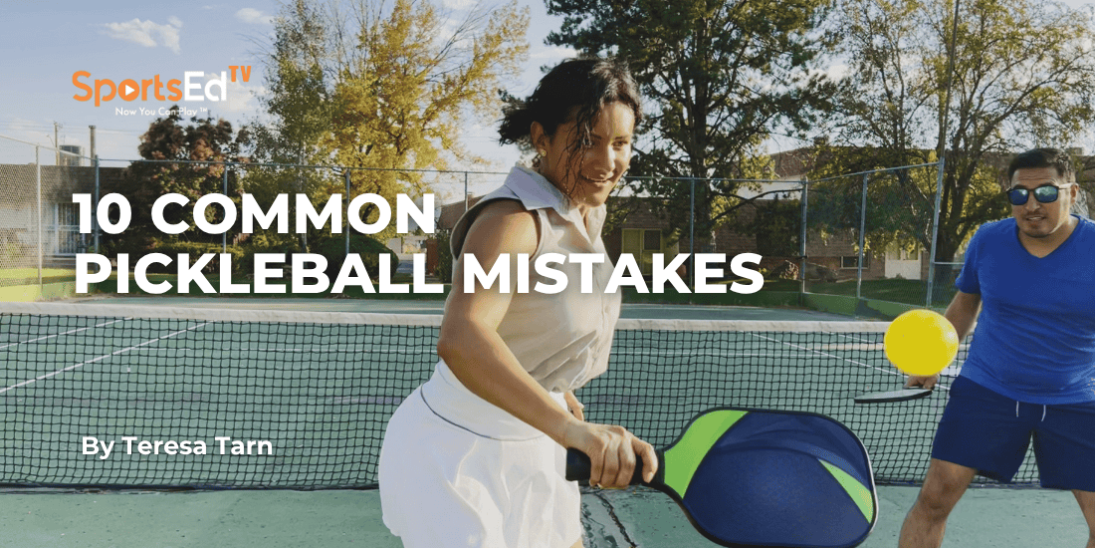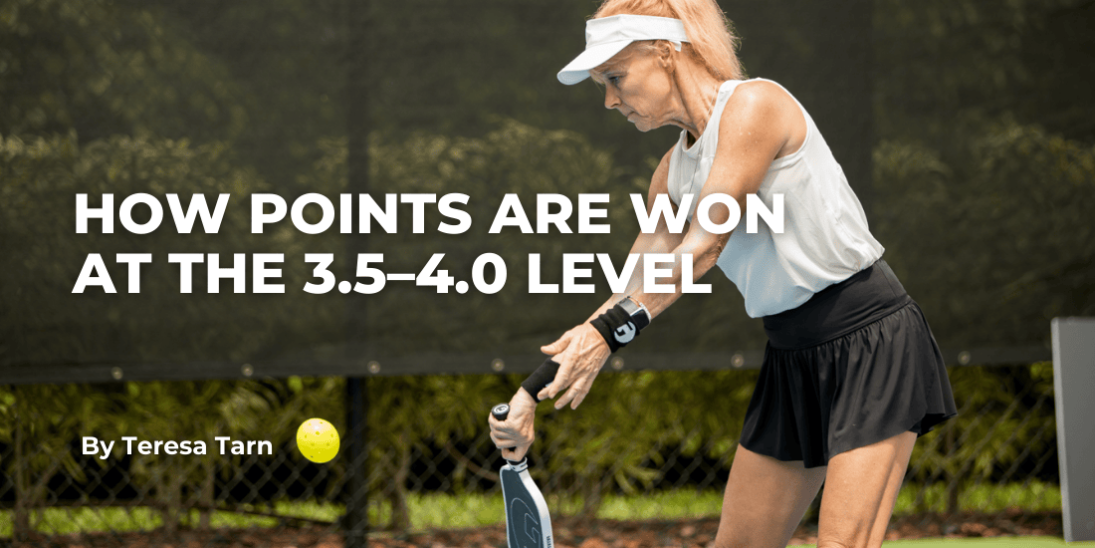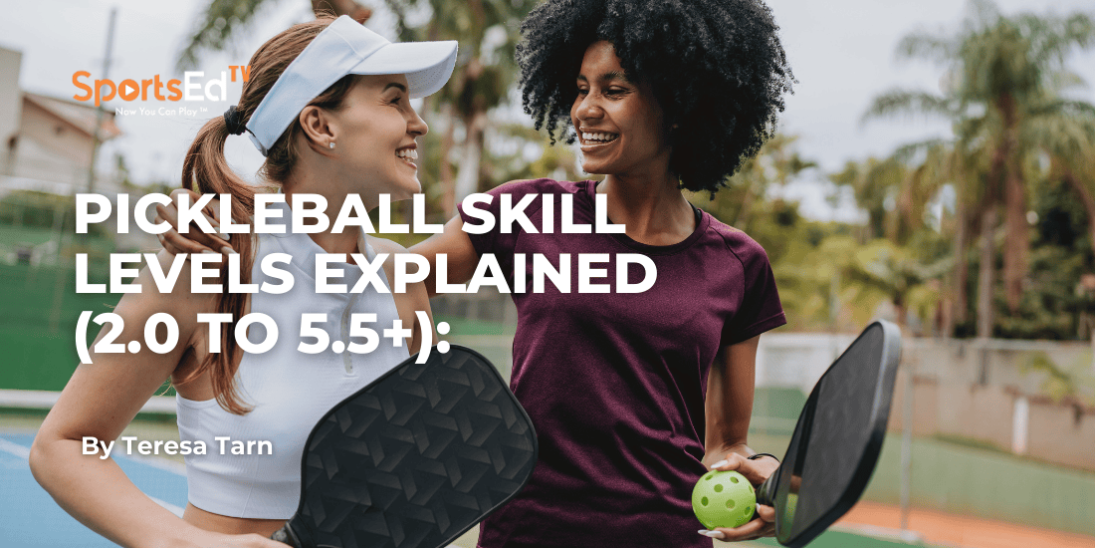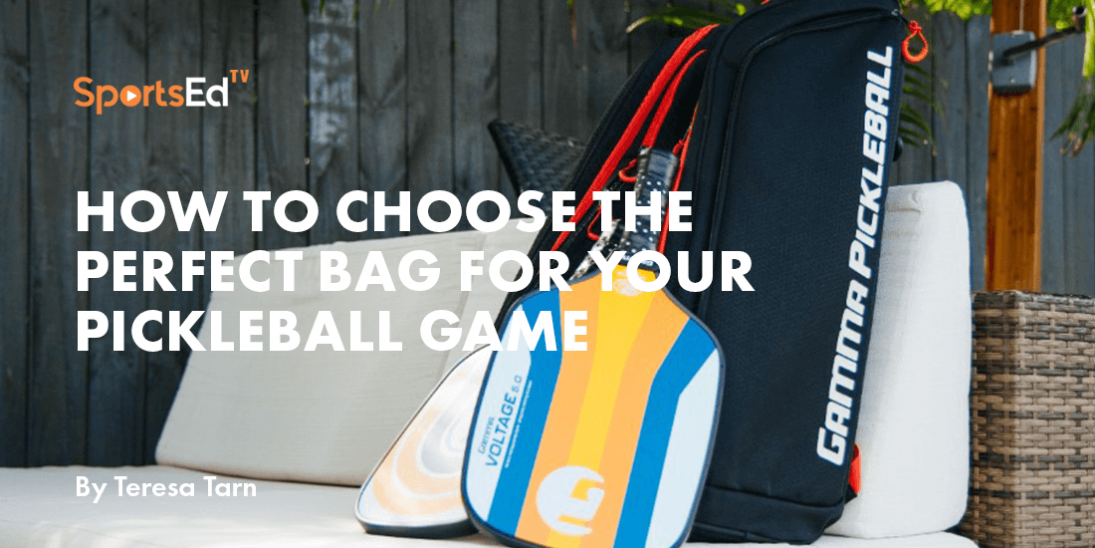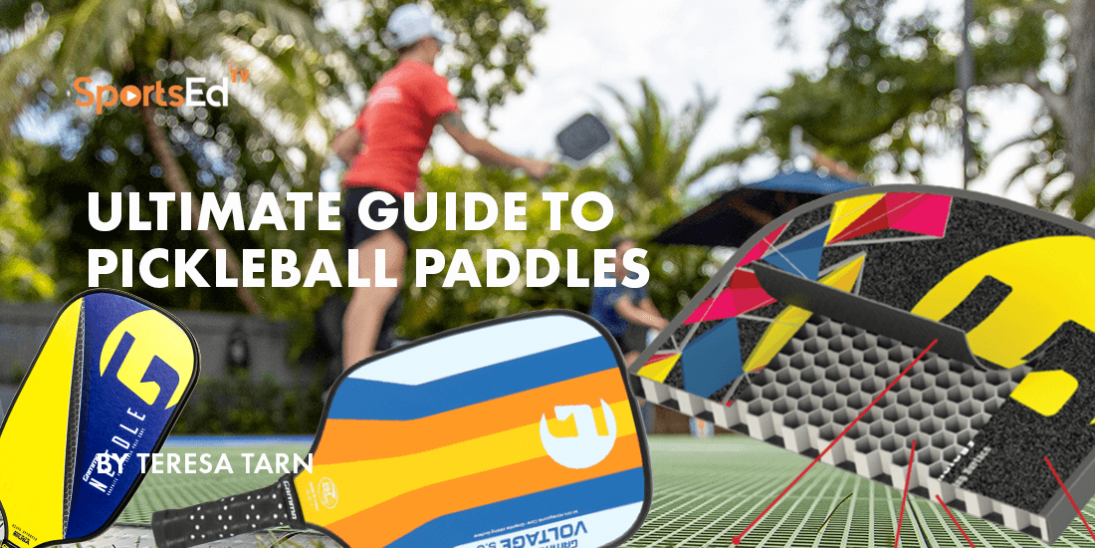Pickleball
Welcome and thanks for visiting...

What Are The Different Shots In Pickleball
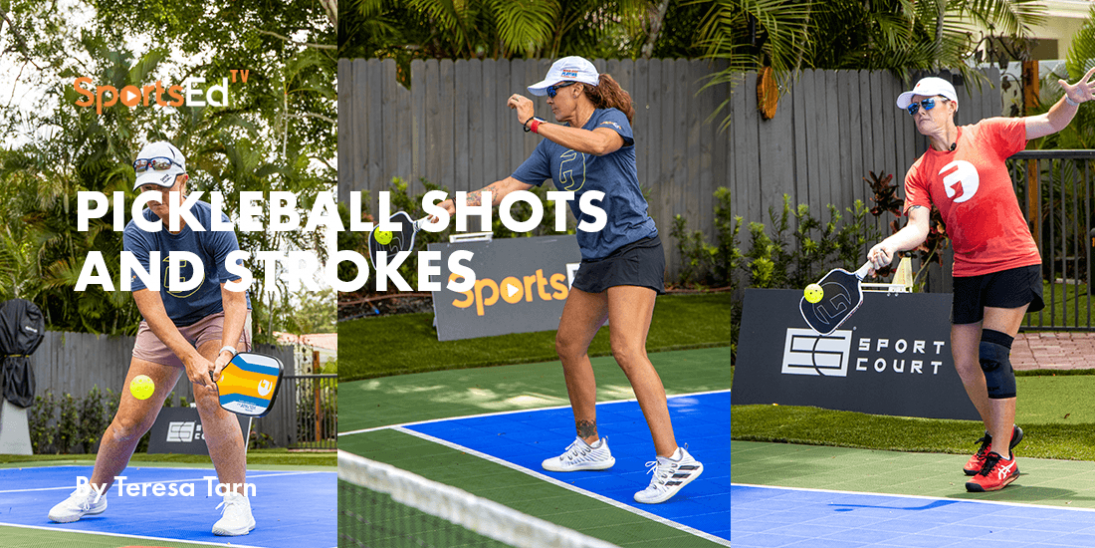
A pickleball learning journey begins—as do all learning adventures—by acquiring competence and eventual mastery of fundamentals.
To begin, even the lingo of the game needs some definition. What comes immediately to mind is the confusion between the words "stroke" and "shot"—often mistakenly taken as synonyms. They are not.
A stroke is not a shot. A shot is not a stroke.
Basically, a stroke is how your body functions to put energy into the pickleball. What happens next—what the ball does—is the shot.
PICKLEBALL STROKES
There are three basic pickleball strokes.
THE PICKLEBALL GROUNDSTROKE
refers to virtually any stroke you make after the ball has bounced once on your side of the court. Most paddle swings you make in pickleball will be groundstrokes.
THE VOLLEY IN PICKLEBALL
applies to any action at any height and from anywhere you are positioned as long as the ball has not bounced; however, it is a fault if it is done from within the non-volley zone (kitchen). Hitting a volley, when possible, is a great way to take time away from your opponents. An overhead smash is a great example of a volley.
THE DINK
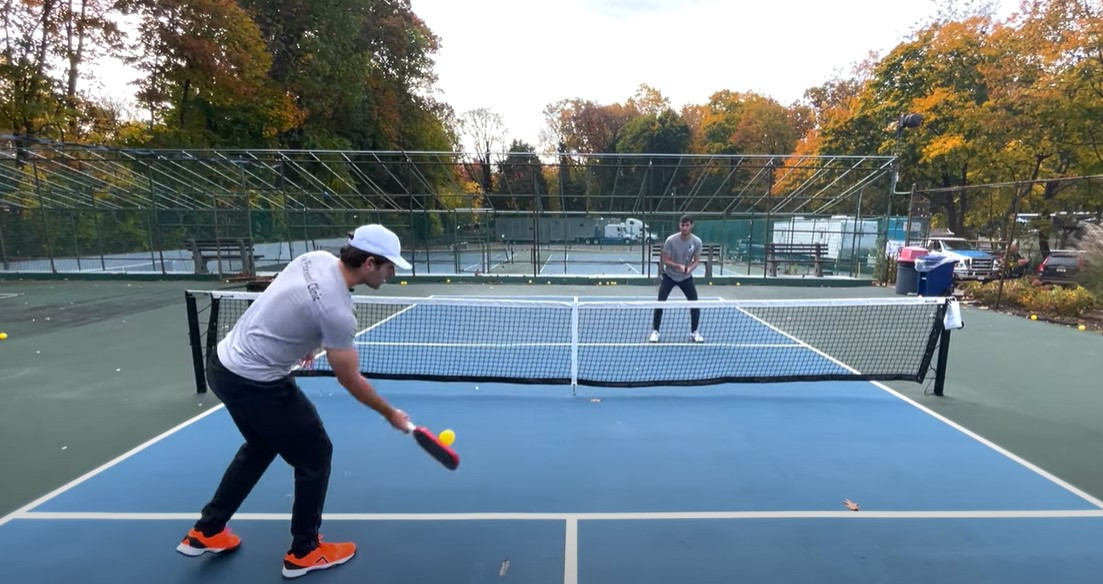
The dink is a soft stroke hit up at the kitchen (non-volley zone) that lands in the opponent’s kitchen. They can be hit with both offensive and defensive intent based on the depth of their hit, the direction, and the spin. They’re meant to keep you in the point and to look for a pop-up from your opponents you can take advantage of to possibly win the point.
PICKLEBALL SHOTS
Every time a pickleball flies off a paddle, the shot it becomes is unique to that moment, but as in other ball, paddle, and stick games, the shots fall into categories of similarity like these fundamental shots.
THE PICKLEBALL SERVE
is the beginning shot that opens play for a point. There are many stylistic forms of serve. Here are the most important rules you need to know to serve correctly in pickleball:
4.A.4.a. At least one foot must be on the playing surface behind the baseline.
4.A.4.b. Neither of the server’s feet may touch the court on or inside the baseline.
4.A.4.c. Neither of the server’s feet may touch outside the imaginary extensions of the sideline or
centerline.
4.A.2. The server must serve to the correct service court (the court diagonally opposite the server). The serve may clear or touch the net and must clear the non-volley zone and the non-volley zone lines. The serve may land on any other service court line.
Watch our video on how to serve in pickleball
THE PICKLEBALL LOB
is a shot hit high, meant to travel over the opponent's head and force a retreat to the deeper end of the opposite side that will tend to reset the tempo of a point. However, if not executed well a lob can be returned by the opponent jumping, or often only taking 1 or 2 steps back, to smash the ball, which can be a dangerous attack. Given the risk, players should make sure to learn how to execute an effective lob that will slow down aggressive play and allow them to reclaim a near-net offensive position.
Learn how to lob effectively:
THE CROSS-COURT DINK
The cross-court dink is one of the pickleball’s most effective shots, dinking the ball from one side of the court to the opposite side in the opponent’s space. It is one of the most common shots from the non-volley zone. Learning the correct form to apply the cross-court dink is a strong competitive asset.
THE PICKLEBALL DRIVE
The drive is a shot hit with strength. It can be a groundstroke or a volley. The drive is generally used sparingly as consistency and accuracy are often more important tactics; however, a drive can be used to mix it up or create an error for the opponent. You can drive to an opening to win the point or force an opponent out of position or directly at an opponent - most effectively at their feet.
THE BLOCK IN PICKLEBALL
As its name implies is a defensive maneuver to reduce an opponent's advantage and a smart way to keep the point extended.
THE DEEP RETURN OF SERVE
The deep return of serve is one of pickleball’s most important shots to learn requires both technique and experiential instruction, and is often overlooked by players in practice. Players should ensure they understand the fundamentals correctly and reinforce those learnings with repetition. Judging how a ball will react off your paddle comes with repeating the stroke over and over with practice to account for differing factors such as ball speed, wind, and even temperature.
THE BACKHAND PUNCH
The backhand punch is a tool intended as a surprise. The stroke resembles a punch and can turn a dink into a rally-winning shot when punched straight back toward opponents. The contact point should be well in front of the body with a punch, straight forward into the direction of the desired path of the ball.
THE OVERHEAD SMASH
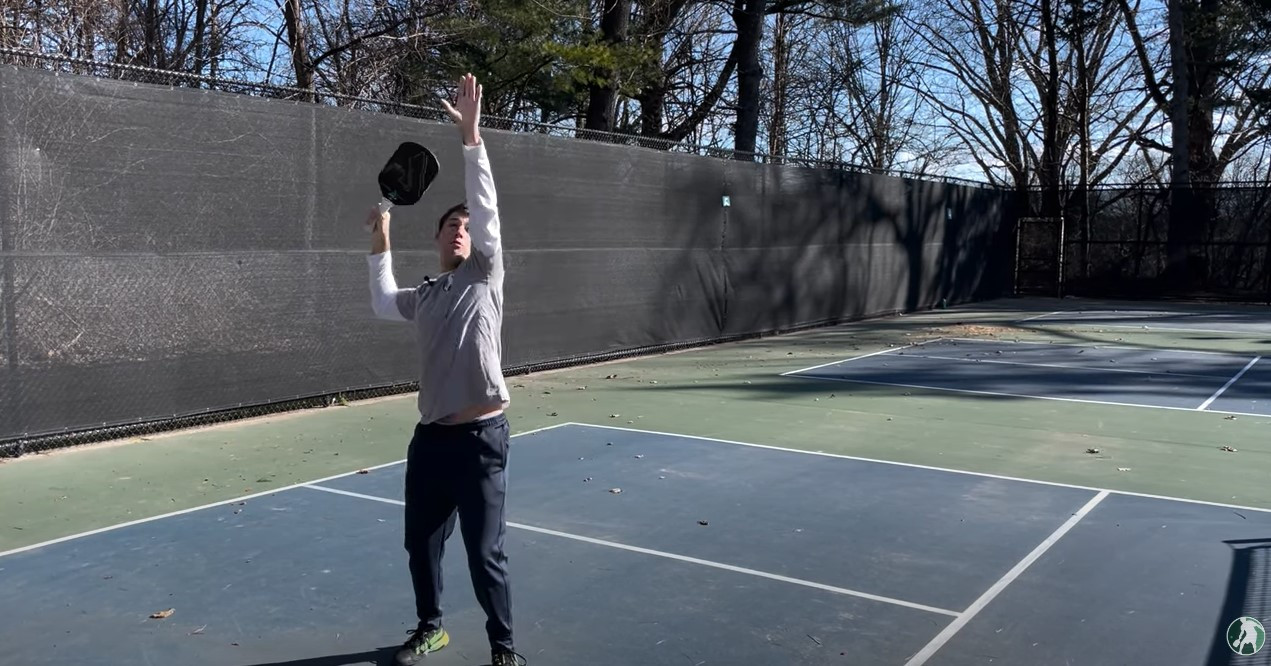
The smash is pickleball’s most effective point winner. Struck with strength when your opponent’s return pops up over your head and you can fully extend and strike the ball with speed. An overhead smash hit from the non-volley zone line should not have any wrist movement other than fixing the paddle at the correct angle – when possible the player should contact the ball in front of their body with downward rotation off the shoulder. Accuracy is earned with practiced repetition.
THE THIRD DROP SHOT IN PICKLEBALL
The third drop shot is an essential pickleball shot. Many points are lost at this moment because of the apparent pressure of the opponents who stand at the ready near the kitchen, and you are still nearer the baseline. At its best, this shot arcs upwardly and lands softly in the kitchen, where an opponent cannot step to volley or smash. The key on a third shot drop is to ensure you hit an unattackable ball. As long as you are hitting so that the height of the ball is below your opponent's knees (the lower the better) it is normally considered a success that your opponent would be able to return, however, would not be able to attack.
THE FAKE DINK
As its name implies, it involves a bit of counterfeit performance when you appear to be about to dink a ball but drive it instead. Its sudden execution can catch your opponent off guard and balance. Its shock value increases when it’s struck directly at the opponent. The key to success is to prepare for most shots in the transition zone or non-volley zone with your paddle comfortable out in front of your body so that you can either dink or drive from that position as desired. By doing this, your opponent will not know what type of shot will be coming their way.
PICKLEBALL BACKSPIN SERVE RETURN
The backspin serve return is a shot with a lot of under and side spin created when a higher shot is coming your way, and you slice/strike it with a downward stroke, imparting the spin, which drops into your opponent’s kitchen and then spins backward and away from them. The effectiveness will be affected by your stroke, paddle, ball, and court surfaces. If the serve comes with a lot of spin, you generally would NOT want to attempt to add additional spin to your return shot.
SPINNING BACKHAND DINK
The spinning backhand dink combines the surprise of the spinning shots with the dink and is aimed toward your backhand's opposite side kitchen. It can be more effective than normal dinking to that spot, given its unpredictable bounce. It’s a step up from normal dinking and can be a useful tool. The stroke combines the spinning downward path with the softness of the dink. If the contact point is low, a slice coming from under the ball while lifting is generally preferred. If the contact point is higher, a top spin may be preferred by contacting the back of the ball and coming over the top. Adding topspin is often much more difficult on the backhand dink when the ball is lower to the court upon contact.
AROUND THE POST (ATP)

The ATP is a rare but entertaining and inspiring play that occurs when your opponent's return comes at an angle that bounces the ball well past the sideline and wide of the post. You then can run to an off-court spot where you can return it to their court by ground stroking the ball to their playing surface. Your shot goes around the post, not over the net.




